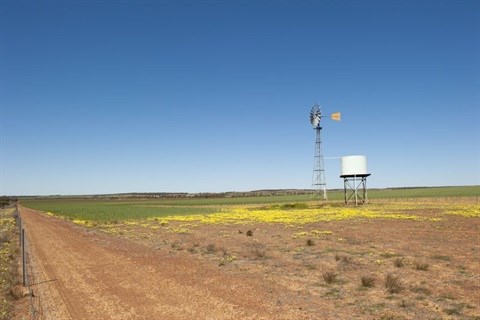Crop farmers challenged by drought and climate change

Vast areas of the maize triangle has experienced the worst drought in 23 years and as a result moisture levels in the soil are already low. Input cost financiers and suppliers of credit into the industry in general, will be reluctant to allow planters into fields where proof of adequate moisture levels and chemical soil mapping and rectification cannot be provided.
While these are risks that have traditionally been offset by insurance policies in the form of multi-peril or hail insurance cover, this type of cover has become increasingly expensive with many of the traditional crop insurers no longer willing to provide or increase cover in certain areas due to the risks that climate change is presenting. As a result, it is difficult for farmers to secure financing unless they have other collateral or solutions in place to mitigate against the risk of drought and the resulting low or no harvests.
Advanced technology
These include irrigation systems, as well as making use of precision farming technology to ensure maximum yields in normal rainfall years. Advancements in technology also means farmers have access to drought resistant seed strains as well as quicker growing cultivars, which narrows the window for things to go wrong. The faster the crops reach maturity, the later in the season you can effectively plant, which is a huge advantage should summer rains be delayed.
On the insurance side, innovative brokers and underwriters are exploring index-based weather derivative and credit-based products. This requires a lot of historical data on rainfall, heat units and other weather factors to base these indexes on, which is reasonably accurate and available in South Africa, but often not in the rest of Africa.
Farmers are also taking the initiative in this regard and are putting up weather stations on their farms to gather point specific data.









